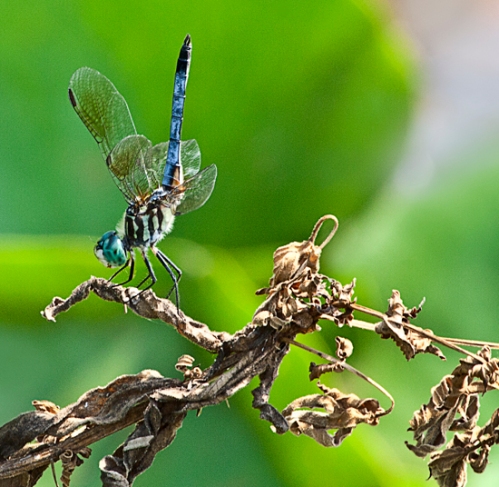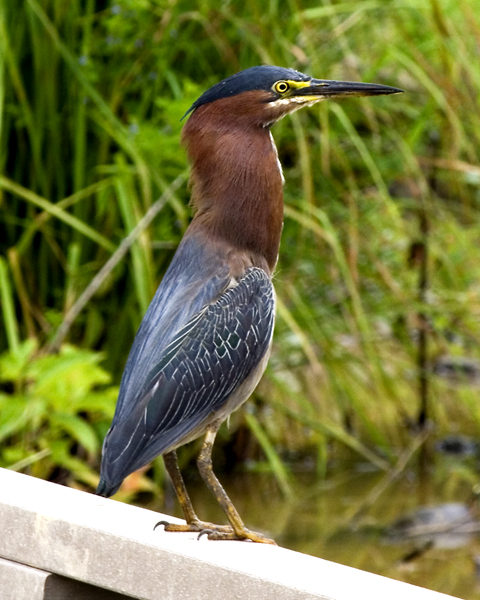Which of your images are unusual or distinctive enough that you genuinely feel like they are “once in a lifetime” photos?
Of course, all photos are unique captures of a subject at a particular moment. As the ancient Greek philosopher Heraclitus is reported to have said, “No man ever steps in the same river twice.”
Somehow, though, it seems like we could capture similar images in many cases if we returned to the same locations under similar conditions and were patient and persistent enough.
As I celebrate my two year blog anniversary this week, I’ve been doing a few retrospective re-postings of favorite posts from the earliest days and am continuing in that vein today with some photos of a North American Beaver (Castor canadensis) breaking through the ice of a beaver pond from below on a winter day early in 2013.
A lot of things had to work together perfectly for me to get these images and it’s hard to imagine that confluence of factors ever happening again for me. The photos and the accompanying prose help to document that very special moment.
Besides the uniqueness of that moment, there is something particularly enjoyable about posting icy winter photos as we continue to suffer through a seemingly endless cycle of hot, humid summer weather. I hope that you feel as refreshed as I do when viewing these images.
Complete text of original posting “Breaking through the ice from below“ on 30 January 2013:
The beaver had disappeared from the small open water area of the ice-covered beaver pond. Wondering if he would resurface, I stood in silent readiness with my camera still in my hand.
My eyes were focused on one area of the pond, but my ears detected a sound emanating from another location near the edge of the pond. Somehow I knew instantly what was about to happen—the beaver was about to achieve a breakthrough. The light had faded a bit and I couldn’t see well enough to focus perfectly, but I aimed at the source of the sound and got this shot of the beaver poking his head through a newly-created hole in the ice. From this perspective, it looks like the beaver is pretty small.

As I watched, the beaver placed his front paws on the ice, which appeared to be able to support his weight, and gradually pulled his body out of the water. Naturally, the small hole became a lot bigger as his large body came increasingly into view.

 After the beaver was completely out of the water, he bent down over the opening that he had just created. Perhaps he was trying to decide if he needed to enlarge it further or was trying to free a tasty-looking stick from the ice. It almost looks to me, though, that he is peering into the water, wondering if one of his fellow beavers is going to be popping up to join him.
After the beaver was completely out of the water, he bent down over the opening that he had just created. Perhaps he was trying to decide if he needed to enlarge it further or was trying to free a tasty-looking stick from the ice. It almost looks to me, though, that he is peering into the water, wondering if one of his fellow beavers is going to be popping up to join him.

The beaver did not linger long at the new location. After a few seconds on the “outside,” he dove back into the icy waters of the pond.
There are few moments in life that are truly “once-in-a-lifetime” experiences, ones that would be impossible to replicate, but I have the sense that this was one of them. So many things had to work together to make these photos happen—the timing, the location, and the ice, to name a few.
It is supposed to get up to 70 degrees (21 degrees C) today and the ice will almost certainly be gone by the time I am able to return to the marsh this weekend. Perhaps I will get to observe the beavers eating or working or playing or maybe they will remain in the lodge. In either case, I can be happy, knowing that we shared a really special moment together.
© Michael Q. Powell. All rights reserved
Read Full Post »





























































